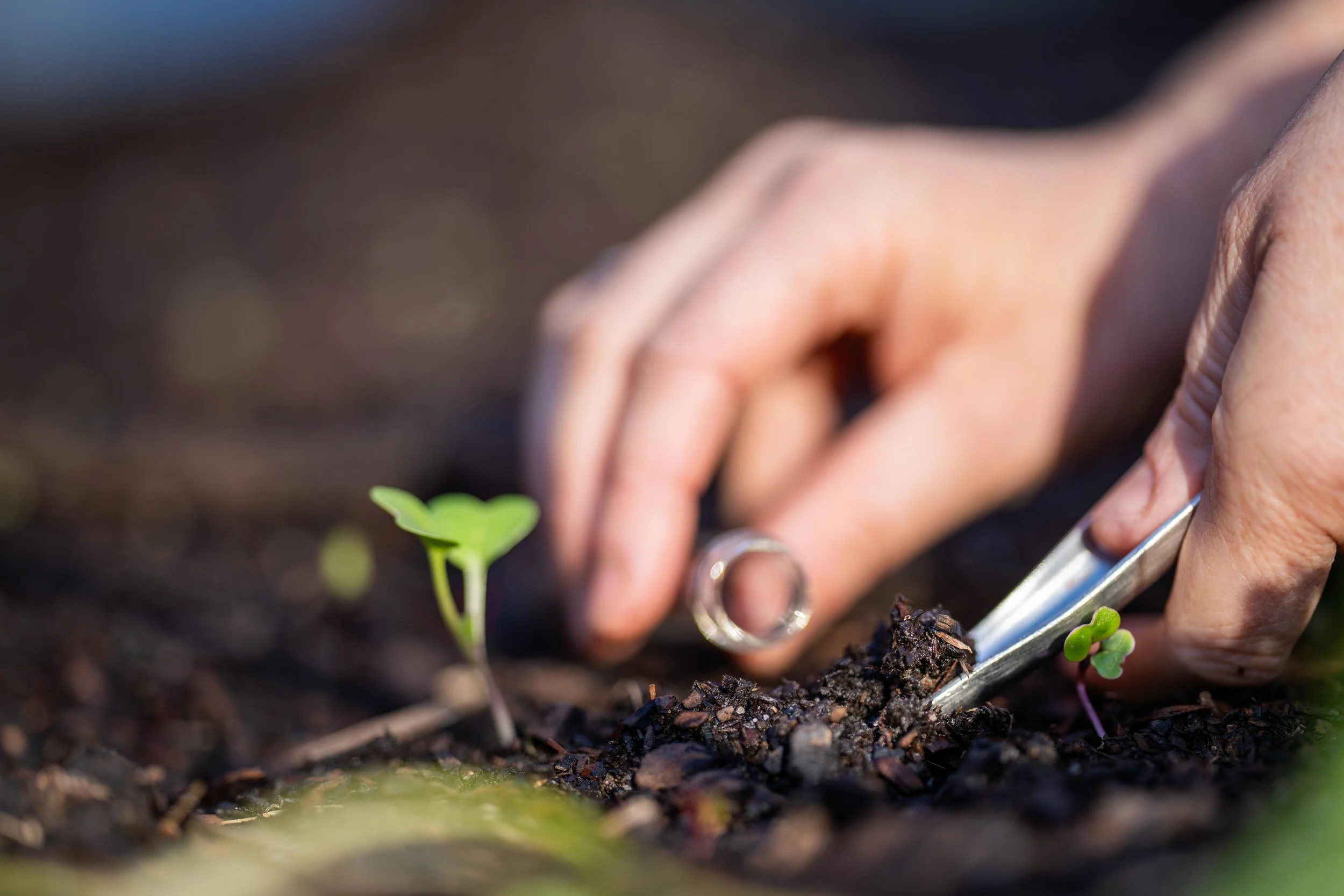An agronomic consulting company
Striving to create a healthy and prolific soil profile without chemical intervention.
Services
Collection & Analysis
First thing’s first: we utilize an 8-point data collection program to create a comprehensive health report of your soil.
This set of results will be added to your personal file and will be revisited 2–3 times a year to ensure the results are heading toward your desired goal.
We aim to meet individual goals within the context of our larger goal; to improve soil health. This is considered our most standard service.
Advisory
Based on your test results, we will offer nutrient management plans and suggest certain soil alterations and installations.
We stay up to date with local ordinances and promos to ensure you have the right tools to make decisions about your space, in accordance with local and state regulations.
Examples may include coring your green space, improving irrigation, or installing a rain garden.
“We believe that individual efforts, when aggregated, create meaningful change.”
Pillars
Our ethos and practices prioritize the interconnectiveness of nature and the potential of collective effort.
-
Soil is full of carbon life, namely microbes.
The National Resource Conservation Service estimates that there are more microbes in a teaspoon of soil than there are people on Earth. And when properly cared for, they help lock atmospheric carbon into our soils through natural processes.
The global average for carbon storage in soil is 3 GT C/yr. And it’s understood that we emit around 51 GT C/yr with the yearly average rising (51.2 in 2022, 51.8 in 2023). We can eat into that deficit—and it’s possible on the individual level.
At the Conference of Parties in 2021 in France, the “4p1000 Initiative” was introduced. This encouraged all participating nations to strive to add 4% carbon to their soil every year to significantly reduce the annual increase of CO2 in the atmosphere.
We believe that individual efforts, when aggregated, create meaningful change.
-
Creating a self-sufficient, organic environment for microbes to thrive is essential for a healthy yard. And a healthy yard is essential for plant and crop growth, as well as a more connected ecosystem.
An abundance of microbes attracts earth worms and arthropods, key indicators of nutrient-rich soil, followed by birds, bees, and other pollinators. So by keeping a healthy yard, field, or farmland, you’re doing your part in protecting our pollinators and sustaining ecosystems that allow crops to proliferate, grass to grow, and life to thrive.
Doug Tallamy, in his book Nature’s Best Hope, introduces the Homegrown National Park idea. He points out how there are 44 million acres of lawn in the US—and we could all spruce up our own little patch to create one unified National Park, 44 million acres wide, across the country.
This proposes that there is no such thing as an ecologically “insignificant” area.
If even a portion of these acres were to capture more carbon and store it in their soil, then that’s a lot less trapping heat in our atmosphere.
We at SoilSense believe in magnifying soil health as a foundation for native plants—and a unification of flourishing ecosystems.
-
We strive to utilize only organic fertilizers to help maintain the natural balance of the soil.
Did you know that 50% of the nitrogen put out as fertilizer isn’t even captured by plants? This means that it becomes runoff into our waterways, collects in aquifers, or re-enters the local atmosphere.
Synthetic fertilizer is wasteful and harmful, both to living beings and the ecosystem as a whole.
And they disincentivize attention to soil, feeding the plant directly rather than contributing to the nutrient exchange that promotes healthy roots and vegetation growth.
When you ignore the soil, you create dirt over time—making it even harder for plants to grow naturally. And the only way crops grow on dirt, is with more synthetic fertilizer, thus creating a harmful feedback loop.
Think of the Dust Bowl in the 1930s. Poor farming practices resulted in the soil not being properly anchored to the Earth, igniting a nearly decade-long agricultural catastrophe.
At SoilSense, we believe that the best way to feed our grass, plants, and crops is by feeding our soil first and foremost. And we’ll help you build a plan to get there.
-
Saving your soil can also save you money in the long run!
Having a largely self-sufficient lawn is more cost effective than requiring cyclical chemical intervention. Here’s why:
Unhealthy soil, with or without synthetic fertilizer, can be expensive to upkeep. You may need to replace the grass, buy new plants every year, use more pesticides and herbicides, etc.
Based on the starting point of your soil’s health, amendments and supplements will likely be required. The goal is to mimic a natural ecosystem unsullied by human beings.
Your soil may need some initial help, but once it’s there, the maintenance will be minimal and the savings will be apparent.





